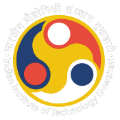Peptide Self-Assembly
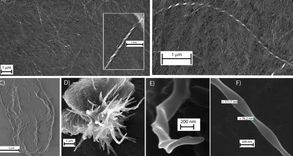
Natural polymers with repeating peptide sequences, such as elastin, spider silk, collagens, and mussel glue have received great interest over the past decades owing to their potential as biomaterials for a wide range of applications including drug delivery systems and scaffolds for tissue engineering and repair. Peptide-based polymers are especially interesting as their primary structure allows the specific cleavage by endogenous proteases, thereby reducing the risk of accumulation and hence toxic side effects. However, the isolation of these peptide-based polymers from their natural sources is rather difficult, and thedesire to introduce modifications to modulate their properties necessitates the development of synthetic methods to obtain polymers with repeating peptide sequences in the backbone. A major challenge is the lack of proper synthetic methodology. We envision the use of supramolecular receptors to overcome this challenge and develop new peptide based stimuli sensitive polymeric soft-materials.
Hydrogels
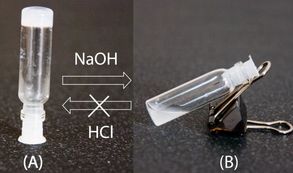
Another area of our work deals with hydrogels. We are in the process of developing new stimuli responsive hydrogels from polymers and peptides.
Drug Delivery Courier
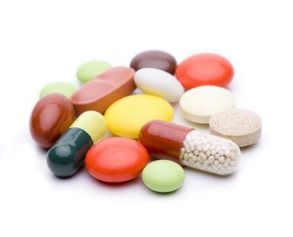
Delivery of the right material at the right place is the job of a courier and is the one of the major concern in the modern day therapeutics. In order to avoid side effect of the therapeutics, it is important to create a vehicle which can serve the aforementioned job. To address this issue, we are working on magnetic nano-particle based delivery vehicles which can be synthesized and stabilized using peptide amphiphiles as well as can carry the cell targeting as well as cell penetrating sequences which may allow these cargo to be unloaded at the specific sites.
Cucurbiturils
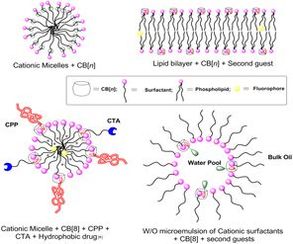
Over the years supramolecular chemists have designed, synthesized, and evaluated the recognition properties of a wide variety of non-natural receptors. These include cyclodextrins, calixarenes, crown ethers, and many others that display remarkable affinity and selectivity. Although cyclodextrins (CDs) remain the receptor of choice for industrial applications on account of their commercial availability and low cost, several limitations arising from their low affinity and low selectivity exists. To this end, a new class of supramolecular host molecules, cucurbit[n]uril (CB[n]), emerged as a potential hosts. The association constants (Ka) of their host-guest complexes are typically several orders of magnitude higher than that of CDs in aqueous systems. One of the most interesting feature of this class of hosts is the ability to bind two guest molecules inside the hydrophobic cavity in case of CB[8]. A typical guest pair is the methylviologen and naphthalene moiety. Such host-guest binding model opened up the possibility to design and construct diversified stimuli sensitive conjugated architectures. We are particularly interested to exploit such unique host-guest interactions to prepare dynamic aggregated soft-materials for sensors and drug delivery.
Nano-Fabrication
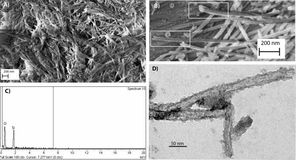
In the supramolecular chemistry lab at IITG, we are interested in the self-assembly of peptide and peptide amphiphiles which forms nano-architectures in the hierarchical assembly process. We want to utilize these nanoscale fibres as template for the fabrication of important nano-sized materials with improved material properties.
Sensors

We are also interested in the development of sensors for various biologically important molecules. The basic unit of all our sensors are either perylenediimide or napthalenediimide and we modify and design new molecules based on these basic units as per the requirements of the sensing properties.
